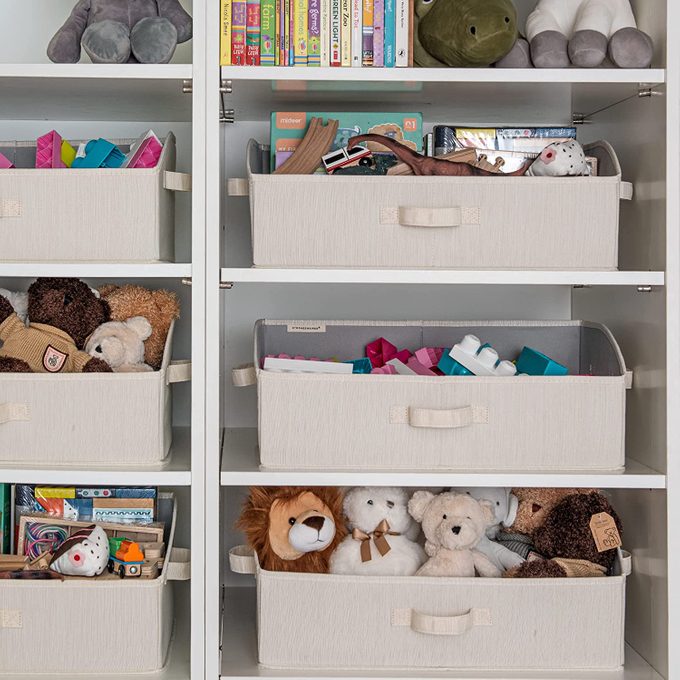How to Declutter Your Home For Good
Buried under your books? Closet clogged with clothing? Drowning in domestic gadgets? Then follow our guide to see how to declutter your home for good.
Decluttering is an important first step to keeping your home clean. But, it can feel overwhelming, especially if you have no idea how to declutter. We’ve collected several decluttering tips and strategies to keep you on track.
Have a Place for Everything
…and everything in its place, says the old adage. So aim only to keep what you can store tidily, and to quote decluttering goddess Marie Kondo, items that “spark joy.” If you love books, plan for plenty of bookshelves. If kitchen gadgets are your weakness, consider what you simply can’t do without and where you’ll store them. If the kid’s bedroom is top of your hit-list, investigate bedroom designs with plenty of toy storage.
Need more places to store your stuff? Here’s our list of storage tips for cutting the clutter.
Little and Often
It can be discouraging to think about the enormity of the task ahead, so scale it down and introduce decluttering hacks that can become part of your everyday routine. For example, start with one drawer. Set a timer for 10 minutes, or choose an inspiring music track (the Mission Impossible theme was popular in our house!), and spend the time working flat out to beat the timer. You’ll be amazed how much you can get done and how much better you’ll feel.
Use Four Boxes
The “Four Box Method” can be used by the whole family when you’re thinking of how to declutter, either in one frantic hit or over the course of a few weeks. Have one box for things you want to keep, one for items that need relocating, one for giving away and one for trash. Go through every single item in the room and assign it to one of the boxes. Then find a proper home for the items you’ve saved.
There are many non-profits that can use your unwanted items like furniture, clothing and some electronics. Many organizations will even come and collect your donations to make it even easier for you to declutter.
The “Forty Hanger Rule”
In a similar way, the “Forty Hanger Rule” can transform your closet from a heap of clothing into a thing of beauty. Buy 40 good-quality hangers and choose 40 items of clothing you know you’ll wear. If you want to buy a new item, you’ll have to ditch another, which might help you avoid those impulse buys when the sales are in full swing. You could combine this approach with Courtney Carver’s Project 333, and challenge yourself to wear only 33 items of clothing for three months. Here are four easy steps to declutter your closet.
Give Away Every Day
One person’s junk is another person’s dream, so think about how to declutter by giving things away. Organize a clothes swap with friends (great for parents with growing kids!), or simply give your friend that sweater she loves that you no longer wear. Non-profits and thrift shops depend on donations, so seek out your local organizations. Again, a project like Colleen Madsen’s 365 Less Things can inspire you to keep giving. Or, if cash is limited, sell your stuff on eBay.
Out of Sight is Out of Mind
If you’ve got things you’re not sure you can do without, put them in a box, write the date on it, and store the box in the basement, attic or your trunk. If you haven’t needed anything for six months, you probably won’t unless they’re seasonal items. So donate the box (unopened!) to the thrift shop. This works well for kids’ toys—they’ll soon forget about the items you’ve spirited away. And if they do ask for them within the six months, you can easily unpack them.
Limit New Purchases
Of course, the key to decluttering is to avoid letting the junk sneak back! So, before acquiring anything new (especially if it’s on sale!), ask your self three questions:
- Do I really need it?
- Will I really use it?
- Can I do without it?







